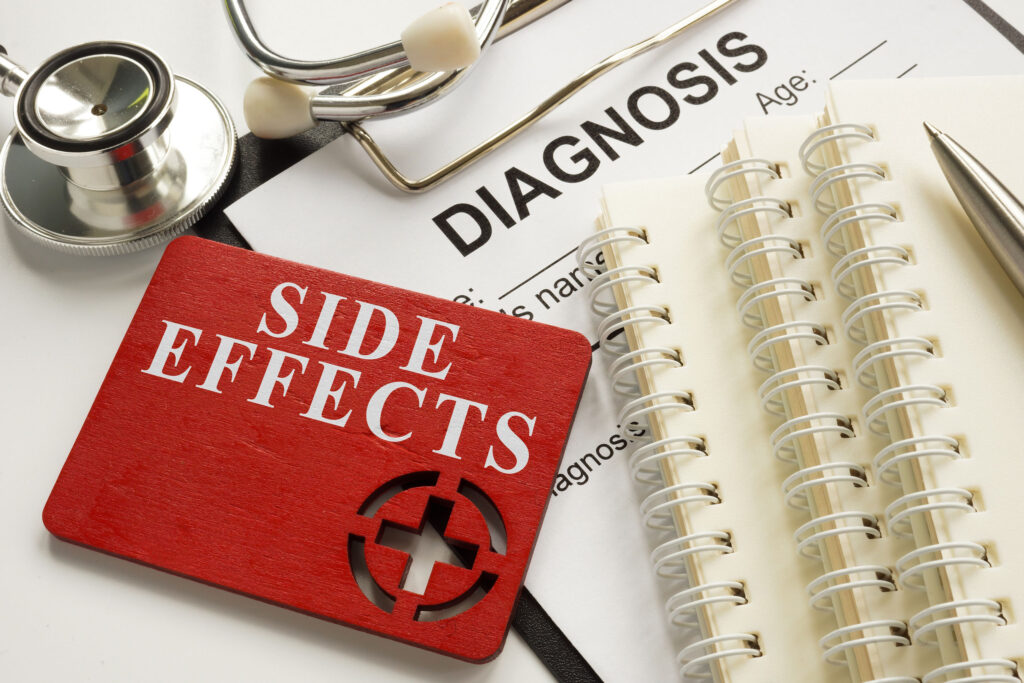The Surprising Prevalence of Misdiagnosis
Despite advancements in healthcare, diagnostic mistakes still affect millions, often leading to serious consequences. A diagnostic error occurs when there is either a failure to provide an accurate and timely understanding of a patient’s health issue or a failure to effectively communicate that understanding to the patient. More than 12 million Americans experience diagnostic errors annually, with about one-third facing serious harm as a result. According to the National Academies of Sciences, Engineering, and Medicine, every person is likely to encounter a diagnostic mistake at some point in their life, which could lead to severe outcomes.
Diagnostic errors occur in more than 12 million cases across the United States each year, posing a risk of serious harm to one in three of these patients. Examples of a diagnostic error include:
-
Delayed diagnosis
Which occurs when a condition is identified later than it should have been, often because of vague symptoms or inadequate guidelines. Cancer diagnoses frequently fall into this category when symptoms are not recognized promptly.
-
Wrong diagnosis
Which happens when a patient is given an incorrect explanation for their symptoms, like mistaking a heart attack for acid indigestion. The true cause is only discovered after the initial diagnosis is proven wrong.
-
Missed diagnosis
Which refers to cases where a patient’s symptoms are never properly identified or explained. This often happens with conditions like chronic fatigue or chronic pain, where symptoms persist without a clear diagnosis.
The risks associated with a misdiagnosis can cause harm. If you are not being treated for the correct illness, it could progress. Furthermore, the treatment you are taking for the misdiagnosed condition may be causing harm or worsening the underlying illness.
What Are the Most Commonly Misdiagnosed Conditions?
The “Big Three” categories of diagnostic errors, as identified by the authors, include major vascular events, infections, and cancers. However, the risk of misdiagnosis is not the same across all types of diseases. For infections and major vascular events, the rarer conditions are more frequently missed by healthcare providers because they are less commonly encountered. In contrast, when it comes to cancers, those with less effective diagnostic screening programs are more prone to being misdiagnosed.
Overall, the probability of a misdiagnosis is influenced by two main factors: the rarity of the disease and the effectiveness of the screening tools available. Uncommon infections and vascular events are more often overlooked due to their infrequent presentation. Similarly, cancers lacking robust screening methods are at a higher risk of being detected late or not at all.
Can I Protect Myself Against Misdiagnosis?
- Asking for a second opinion can provide a fresh perspective and help confirm or challenge the initial diagnosis, reducing the risk of errors.
- Be prepared for your appointment with a list of your symptoms, any previous diagnoses, comorbidities, treatment history, and questions for your doctor.
- Be an involved patient by asking questions, understanding your treatment options, and maintaining open communication with your provider. If you receive a diagnosis, research the condition using credible sources and connect with patient communities for support. National organizations, such as The Colorectal Cancer Alliance, can provide reliable information and resources for specific conditions.
- Maintain a personal record of your medical history and test results. This can help doctors make more accurate diagnoses. If you disagree with a diagnosis, this information can provide evidence to support your concerns and help guide your healthcare team to a more accurate conclusion.
What is Being Done to Address Misdiagnosis?
Steps are being taken to address this dilemma. Advocacy groups and scientific bodies are working together to create new legislation that can help reduce the prevalence of misdiagnosis.
Healthcare professionals recognize that diagnostic errors are costly, affecting both patient quality of life and healthcare finances. In response, bipartisan legislation was introduced in the U.S. House of Representatives in November 2019. The Improving Diagnosis in Medicine Act seeks funding for 4-8 new Research Centers of Diagnostic Excellence at U.S. academic institutions. It also directs federal healthcare agencies to dedicate more resources to diagnosis-related research. Paul Epner, CEO and co-founder of the Society to Improve Diagnosis in Medicine (SIDM), called the legislation a key first step in addressing a problem responsible for hundreds of thousands of lives lost and over $100 billion in wasted healthcare costs annually. Epner noted that policymakers are beginning to acknowledge the significant public health impact of diagnostic error, which has previously been overlooked in quality and safety efforts. Within the Society to Improve Diagnosis in Medicine is the Coalition to Improve Diagnosis, a collaboration of healthcare organizations, policymakers, and patients dedicated to finding solutions to reduce diagnostic error. The American Cancer Society’s Cancer Action Network is dedicated to national cancer policies, with a focus on reducing cancer misdiagnosis. There are more organizations confronting the issue, including Patients for Patient Safety US, whose mission is to implement recommendations created by the World Health Organization as the standard in the United States.
How Can a Patient Advocate Help Me Avoid Misdiagnosis?
Working with a patient advocate may significantly reduce your risk of experiencing a misdiagnosis. A patient advocate can assist in managing your appointments, ensuring nothing important falls through the cracks. They can also help you secure a second opinion from another doctor or specialist, providing an extra layer of confidence in your diagnosis. Additionally, patient advocates remind you to ask critical questions after receiving a diagnosis, making sure you have all the necessary information to understand your condition fully. With their broad understanding of the healthcare system and treatment processes, they can help identify if something a doctor says seems incorrect or requires further clarification.
At Pillar Patient Advocates, our board-certified patient advocates are here to guide you through these complex situations, offering support and expertise at every step. Taking charge of your health and working with a dedicated advocate can make all the difference in preventing a misdiagnosis, helping you stay informed and confident in your care.



